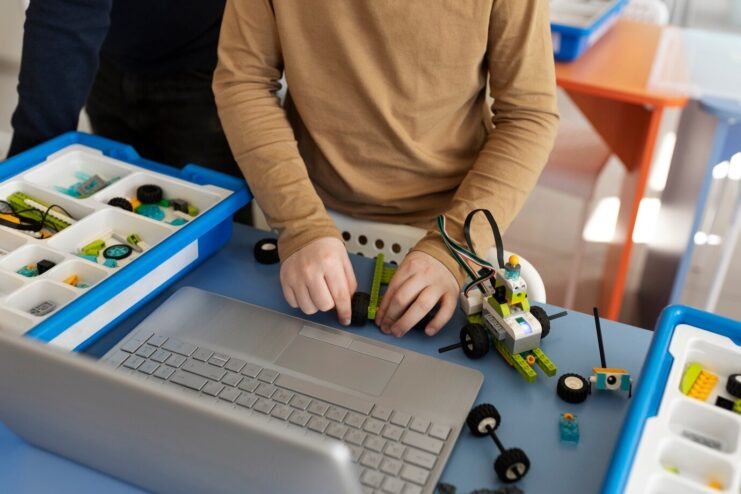In the rapidly evolving digital world, it’s crucial to equip the next generation with the skills they need to thrive. Programming, a fundamental skill for the future, can be introduced to students in a fun and engaging way through coding toys and kits. This approach not only makes learning to code accessible but also sparks creativity and problem-solving skills.
The Significance of Early Exposure to Coding
Introducing programming at a young age has numerous benefits. It develops computational thinking, a vital skill that goes beyond the boundaries of programming. Early exposure to programming concepts shapes a child’s ability to process information logically and solve complex problems. Learn more at ELECFREAKS.
Selecting the Right Coding Toys and Kits
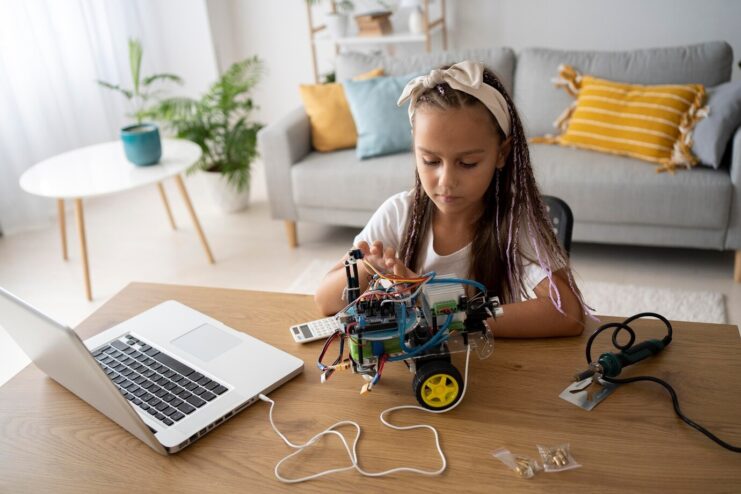
Choosing appropriate toys and kits is a crucial step. The market is flooded with various options, but the key is to find resources that are age-appropriate, engaging, and educational. Toys and kits should align with the child’s developmental stage and interests to keep them motivated and excited about learning.
Creating a Learning Environment That Encourages Exploration
A conducive learning environment is essential for fostering an interest in programming. This means providing a space where students feel comfortable experimenting, making mistakes, and exploring different aspects of programming. The environment should encourage curiosity and allow for self-directed learning.
Incorporating Coding into Everyday Play
Integrating programming with everyday play is an effective way to make learning seamless and natural. These toys should not be seen as separate from regular toys but as part of the playtime experience. This integration helps children perceive programming as a fun activity rather than a chore.
The Role of Educators and Parents in Guiding the Learning Process
The role of educators and parents is pivotal in guiding young learners. They need not be experts but should be willing to learn alongside the child. Their support, encouragement, and enthusiasm can significantly impact the child’s attitude towards coding.
Using Kits to Teach Fundamental Programming Concepts
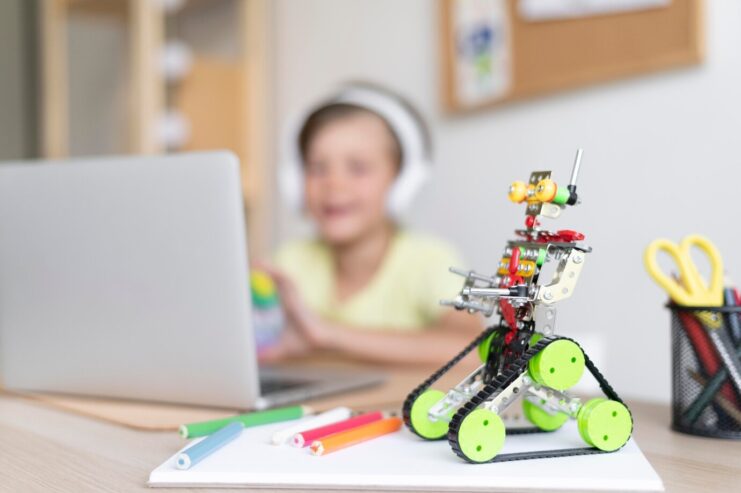
Kits often come with lessons or projects that teach fundamental programming concepts. These concepts, like sequencing, loops, and conditionals, are the building blocks of coding. Understanding these basics is crucial for students to progress in more complex programming tasks.
The Importance of Hands-On Learning
Hands-on learning is a core component of using toys and kits. It allows students to directly interact with the programming process, see the immediate impact of their code, and learn through trial and error. This approach is much more effective than passive learning methods.
Balancing Screen Time with Tangible Coding Experiences
While many toys are screen-based, it’s important to balance screen time with tangible experiences. Physical programming toys, like robots and building blocks, provide a tactile element to coding, making it more engaging and less screen-centric.
Evolving with the Child’s Growing Skills
As children grow and their coding skills advance, these toys and kits should evolve with them. Advanced kits can introduce more complex concepts and offer more challenging projects. This progression keeps the learning experience fresh and challenging.
Encouraging Collaboration and Sharing
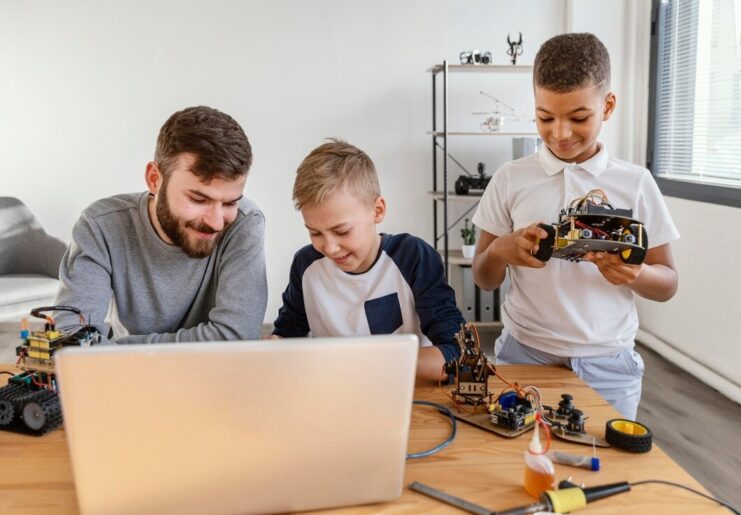
Coding should not be a solitary activity. Encouraging collaboration among students fosters teamwork and communication skills. Sharing projects and ideas can also inspire others and lead to a more enriching learning experience.
The Long-Term Benefits of Toys and Kits
The impact of these toys and kits extends beyond just learning to code. They help develop a range of skills, from critical thinking to creativity. These skills are not only relevant to a future career in technology but are transferable to any field.
Selecting the Right Coding Toys and Kits
Choosing the appropriate programming toys and kits is a crucial step. Factors to consider include the age and skill level of the students, the learning objectives, and the level of engagement the toy offers. For younger children, toys that teach basic logic and problem-solving are ideal, while older students can handle more complex kits that delve into actual programming languages.
Creating a Conducive Learning Environment
The environment in which children learn to code significantly impacts their engagement and success. A space that is comfortable, well-lit, and free from distractions is ideal. Moreover, the learning environment should be welcoming and inclusive, encouraging students to experiment and make mistakes without fear of judgment.
Integrating Coding Toys into Curriculum
Successfully integrating toys and kits into the curriculum requires thoughtful planning. Teachers should align these tools with the learning objectives of their courses. This might involve using these toys as a tool for teaching basic math concepts or as a way to introduce students to the fundamentals of computer science.
Encouraging Collaboration and Teamwork
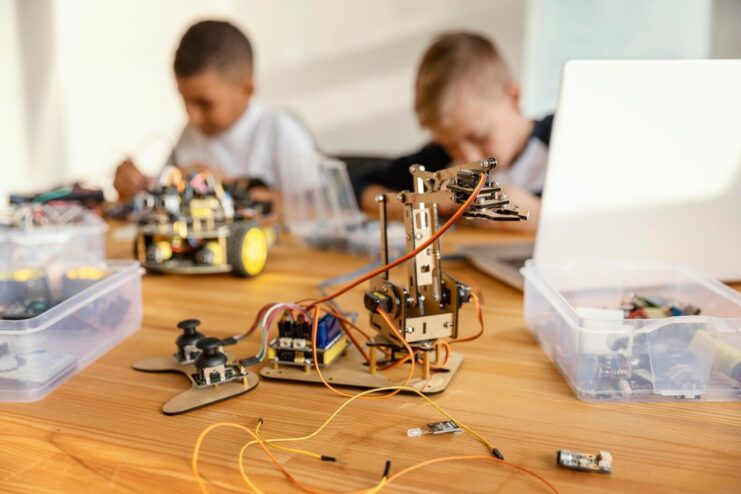
Coding is often viewed as a solitary activity, but it doesn’t have to be. Encouraging students to work in pairs or groups fosters teamwork and communication skills. Collaborative programming projects can help students learn from each other and see different approaches to problem-solving.
Balancing Screen Time with Hands-On Learning
While coding often involves screen time, it’s important to balance this with hands-on learning. Many of these toys and kits offer physical components that students can manipulate. This tactile element can make learning more engaging and help students understand the physical aspects of technology.
Incorporating Real-World Problem Solving
To make programming more relevant and exciting, teachers can incorporate real-world problems into lessons. This approach shows students the practical applications of coding and how it can be used to solve actual problems. This not only enhances learning but also demonstrates the value of coding skills in everyday life.
Assessing Progress and Providing Feedback
Regular assessment and feedback are essential in any learning process. In the context of coding toys and kits, this might involve setting specific goals for students and providing constructive feedback on their projects. This helps students understand their strengths and areas for improvement.
Staying Updated with Technological Advances
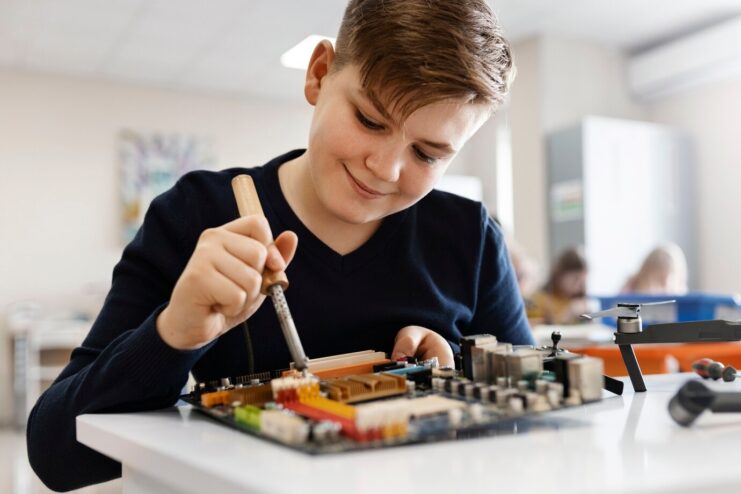
The field of coding and technology is constantly evolving. Teachers and educators must stay informed about the latest developments in coding toys and technology. This ensures that they are providing their students with the most relevant and up-to-date learning tools.
End Note
In conclusion, coding toys and kits are powerful tools for fostering an interest in programming among students. By carefully selecting the right tools, creating a conducive learning environment, and employing effective teaching strategies, educators can make coding an exciting and valuable part of their students’ education. This not only prepares students for a tech-driven future but also equips them with critical thinking and problem-solving skills that are valuable in all areas of life.

